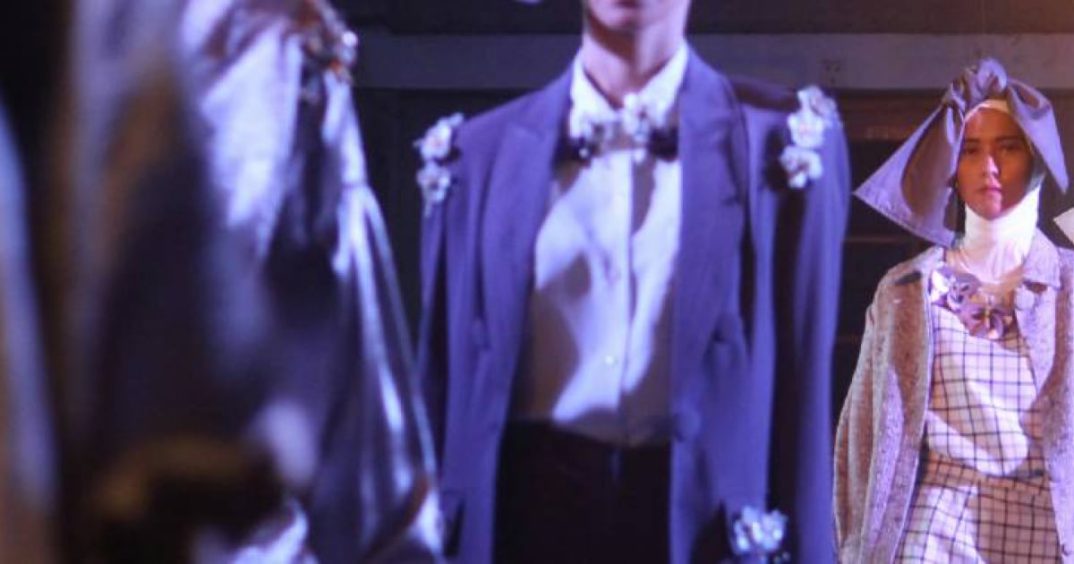The first scenario influencers and in turn brands and agencies will need to consider is AI-generated content using the images of real influencers. In effect using AI to create a stream of new content using the influencer’s licenced image and intellectual property.
Actual, filmed content featuring the flesh and blood version of influencers in action will need to be delineated from their virtual versions, but this AI created version could be licenced for use by brands.
Licenced AI-generated human influencer imagery will likely land somewhere in between true human influencer content and pure virtual influencers in terms of effectiveness and cost.
But will consumers mind watching the stuff from human influencers that is machine generated? Will they come to value this as much as the material that is hand created? Since all of it will be based on the original influencer’s personality, tastes, views, quirks and foibles, it may well be that over time they come to see little difference.
The concept opens up questions for influencers as well as brands. How comfortable will influencers be with licencing not just their image, but their personality traits and other qualities. How will this be defined and licenced? How should brands use them?
As we’ve seen with the launch of Tik Tok’s ‘stock avatars’ and ‘creative avatars’, AI will enable influencers and creators to scale and globalise branded content in a personalised way, through perceived human gestures, expressions and language. Just like advertising creatives, influencers will be able to use AI to generate content themes and specific scenarios – recipes, health routines, style formulas, exercise regimes, to fuel their output. Although human judgement will remain the ultimate editor of what is used.
This advancement of generative AI means influencers can become multi-lingual with the ability to scale their global reach, opening up more brand collaborations which can be localised to create more impactful campaigns.
However, the implications for AI and creativity go further into the realm of consumer relationship-building. Advancing generative AI offers influencers the opportunity to clone themselves into human-branded chatbots, becoming in effect ever-present virtual friends and lifestyle companions or advisors.
This offers another means through-which influencers can monetise their audiences through subscriptions or on a pay-per-interaction basis. It offers brands the potential to buy the licensed clone and fuse influencer-based marketing with customer experience strategy across all brand touch points.
The growth of virtual influencers suggests the market for licenced AI-versions of real influencers could be huge. But the concept will challenge influencers, marketers and agencies on a philosophical as well as at a creative level.





